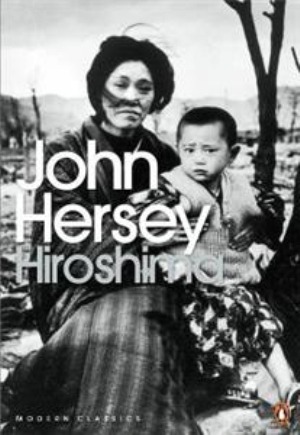Images of America: The Kentucky Bourbon Trail
by Berkeley and Jeanine Scott
Bourbon whiskey is a distinctly American product with its roots planted deep in the limestone-enriched soil of Kentucky. The Kentucky Bourbon Trail is an attraction that celebrates the heritage of Kentucky bourbon, bringing to life the people, places, and events that signify the bourbon industry. Today the Kentucky Bourbon Trail includes eight distilleries in the Bluegrass State, some of whose brands and bourbon-making secrets are more than 200 years old. Along the trail, tour guides and distillery exhibits offer visitors a variety of interesting facts. For examples, a “whiskey thief” is not what it sounds like and a Baptist minister was one of the first people to make bourbon. Collected from the Kentucky Historical Society, various distilleries on the Kentucky Bourbon Trail, and private family collections, the fascinating photographs in Images of America: The Kentucky Bourbon Trail offer readers a look back at the pioneers of bourbon, the legendary distilleries that have come and gone, and the history of those brands that carry on the craft today.
Saturday, October 20, 2012
Tuesday, October 16, 2012
Sadako and the Thousand Paper Cranes
Sadako and the Thousand Paper Cranes
by Eleanor Coerr
This true story is of a girl, Sadako Sasaki, who lived in Hiroshima at the time of the atomic bombing by the United States. She developed leukemia from the radiation and spent her time in a nursing home creating origami (folded paper) cranes in hope of making a thousand of them. She was inspired to do so by the Japanese legend that one who created a thousand origami cranes would then be granted a wish. Her wish was simply to live. However, she managed to fold only 644 cranes before she became too weak to fold any more, and died shortly after. Her friends and family helped finish her dream by folding the rest of the cranes, which were buried with Sadako. They also built a statue of Sadako holding a giant golden origami crane in Hiroshima Peace Park.
by Eleanor Coerr
This true story is of a girl, Sadako Sasaki, who lived in Hiroshima at the time of the atomic bombing by the United States. She developed leukemia from the radiation and spent her time in a nursing home creating origami (folded paper) cranes in hope of making a thousand of them. She was inspired to do so by the Japanese legend that one who created a thousand origami cranes would then be granted a wish. Her wish was simply to live. However, she managed to fold only 644 cranes before she became too weak to fold any more, and died shortly after. Her friends and family helped finish her dream by folding the rest of the cranes, which were buried with Sadako. They also built a statue of Sadako holding a giant golden origami crane in Hiroshima Peace Park.
White Flash/Black Rain
White Flash/Black Rain: Women of Japan Relive the Bomb
edited by Vance-Watkins & Aratani
White Flash/Black Rain: Women Of Japan Relive The Bomb speaks of the shared accountability for bringing about war, any war. These women bear witness not only to the unspeakable mass destruction unleashed by the United States when it dropped the bomb, but also of the disastrous path Japan followed with its policy of conquest and Emperorism in Korea and China, and the abuse of the "comfort women" used by Japanese soldiers. White Flash/Black Rain is a book of peace. These women tell their stories in hope that what happened at Hiroshima and Nagasaki will never happen again.
edited by Vance-Watkins & Aratani
White Flash/Black Rain: Women Of Japan Relive The Bomb speaks of the shared accountability for bringing about war, any war. These women bear witness not only to the unspeakable mass destruction unleashed by the United States when it dropped the bomb, but also of the disastrous path Japan followed with its policy of conquest and Emperorism in Korea and China, and the abuse of the "comfort women" used by Japanese soldiers. White Flash/Black Rain is a book of peace. These women tell their stories in hope that what happened at Hiroshima and Nagasaki will never happen again.
Labels:
Asia,
History,
Japan,
Korea,
Poetry,
Short Stories,
War,
World War II
Wednesday, October 10, 2012
Hiroshima
 Hiroshima
Hiroshimaby John Hersey
On August 6, 1945, Hiroshima was destroyed by the first atom bomb ever dropped on a city. This book, John Hersey's journalistic masterpiece, tells what happened on that day. Told through the memories of survivors, this timeless, powerful and compassionate document has become a classic "that stirs the conscience of humanity" (The New York Times).
Almost four decades after the original publication of this celebrated book, John Hersey went back to Hiroshima in search of the people whose stories he had told. His account of what he discovered about them is now the eloquent and moving final chapter of Hiroshima.
Subscribe to:
Posts (Atom)

